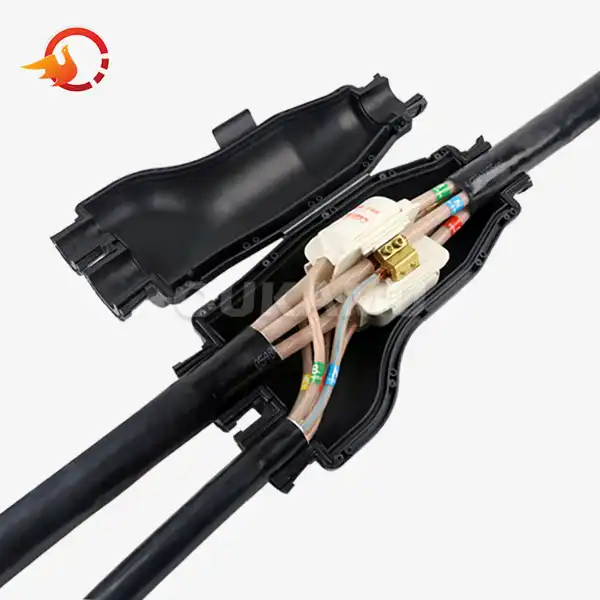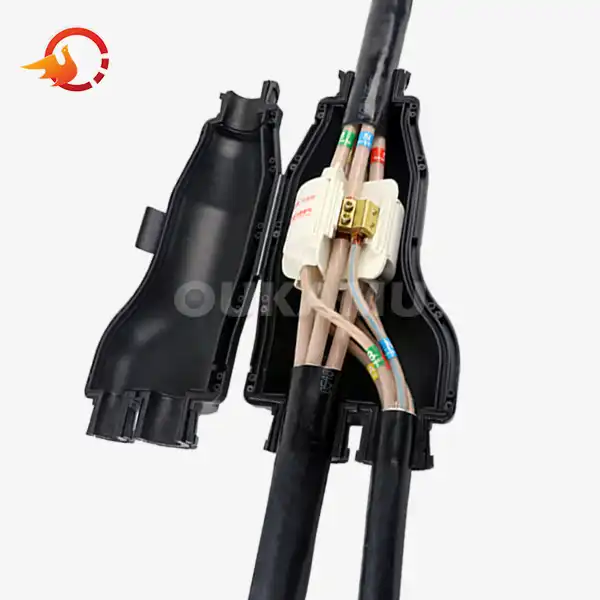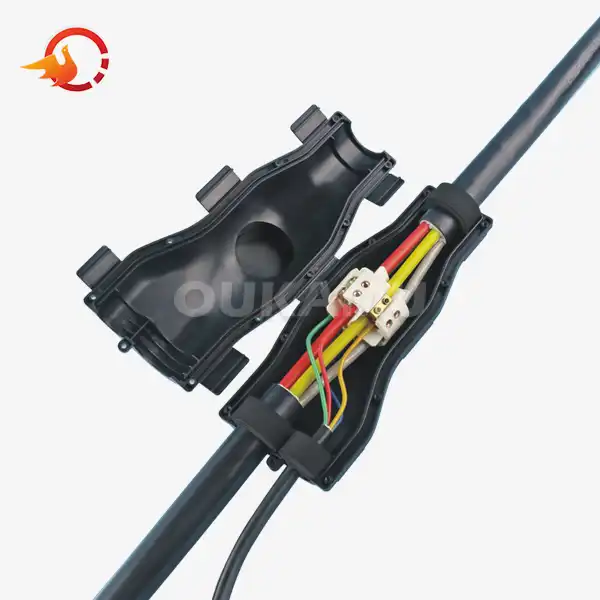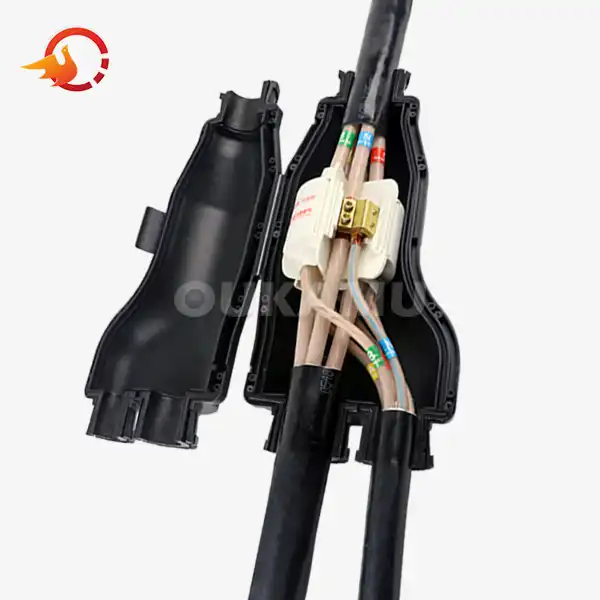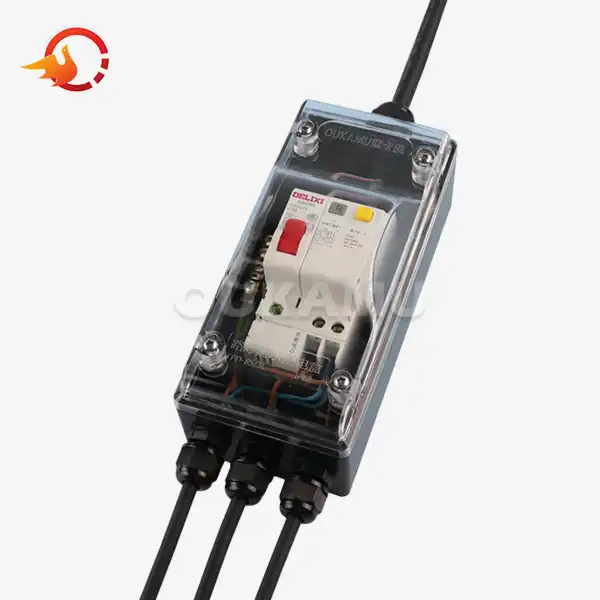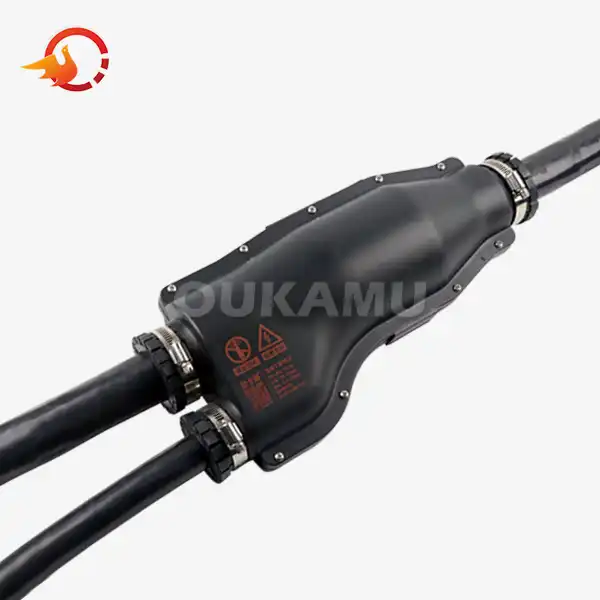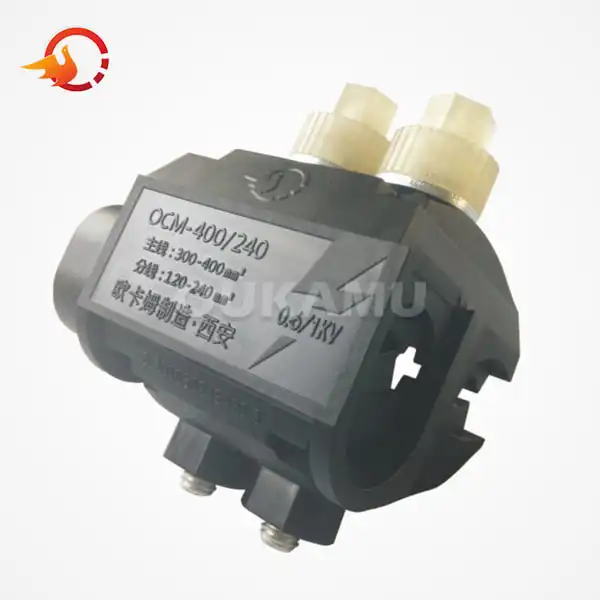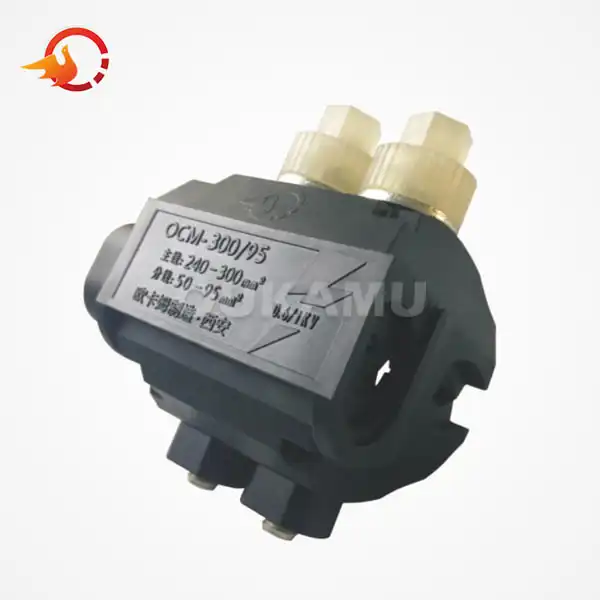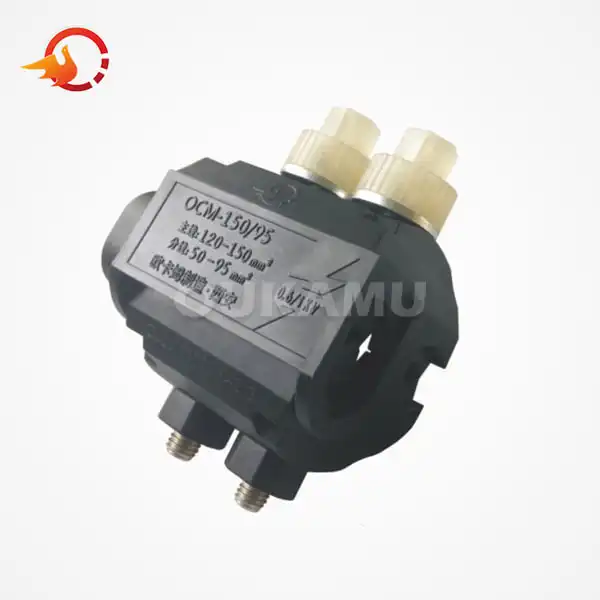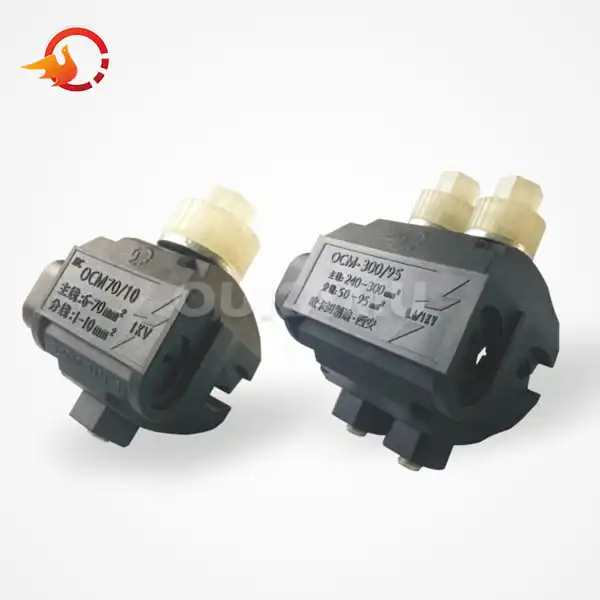Reliable Underground Cable Jointing for Long-lasting Results
 2025-04-02 10:29:24
View:389
2025-04-02 10:29:24
View:389Underground cable jointing is a critical aspect of electrical infrastructure that demands precision, expertise, and the right materials. Whether you're working on a construction project, municipal installation, or upgrading existing networks, understanding the nuances of underground cable jointing can make the difference between a system that stands the test of time and one that fails prematurely. In this comprehensive guide, we'll delve into the world of underground cable jointing, exploring the best practices, innovative technologies, and key considerations for achieving long-lasting, reliable connections.
The Fundamentals of Underground Cable Jointing
Underground cable jointing is the process of connecting two or more underground cables to create a continuous electrical circuit. This process is essential for extending power distribution networks, repairing damaged cables, or integrating new installations into existing systems. The primary goal of cable jointing is to maintain the electrical, mechanical, and environmental integrity of the cable system.
When it comes to underground cable jointing, several factors come into play:
- Cable Type: Different cable types require specific jointing techniques. Common underground cables include XLPE (cross-linked polyethylene), EPR (ethylene propylene rubber), and paper-insulated cables.
- Environmental Conditions: Underground cables are exposed to moisture, soil pressure, and potential chemical contaminants. Joints must be designed to withstand these harsh conditions.
- Voltage Levels: The voltage rating of the cable system dictates the insulation requirements and overall complexity of the joint.
- Installation Method: Whether the cables are directly buried, installed in ducts, or placed in tunnels affects the choice of jointing method and materials.
One of the most crucial aspects of underground cable jointing is achieving proper insulation and moisture protection. This is where innovations like gel-filled insulation come into play. Gel-filled joints provide excellent electrical insulation properties while also creating a waterproof seal, offering double safety protection against environmental factors.
For instance, products with IP68 waterproof ratings are suitable for concealed installation in wells or direct burial in soil. These advanced jointing solutions often accommodate a range of cable sizes, with some capable of handling main cables from 10mm to 35mm in diameter and branch cables from 2.5mm to 16mm.
Advanced Techniques and Materials in Underground Cable Jointing
The field of underground cable jointing has seen significant advancements in recent years, with new materials and techniques emerging to enhance reliability and ease of installation. Let's explore some of these innovations:
Heat Shrink Joints
Heat shrink technology has revolutionized cable jointing. These joints use a thermoplastic sleeve that shrinks when heat is applied, creating a tight, waterproof seal around the connection. The process involves:
- Preparing the cable ends
- Connecting the conductors
- Applying insulation and semiconductive layers
- Sliding the heat shrink sleeve over the joint
- Using a heat gun to shrink the sleeve, forming a secure seal
Cold Shrink Joints
Cold shrink joints offer an alternative to heat shrink technology, eliminating the need for a heat source during installation. These joints use a pre-stretched rubber sleeve that's held open by a removable core. When the core is removed, the sleeve shrinks to its original size, creating a tight seal around the cable joint. Benefits of cold shrink joints include:
- Faster installation times
- No risk of heat damage to cables
- Consistent application quality, reducing human error
- Suitability for hazardous environments where open flames are prohibited
Resin-Based Joints
Resin joints utilize epoxy or polyurethane resins to encapsulate the cable connection. The resin is poured into a mold surrounding the joint, where it hardens to form a solid, waterproof barrier. Resin joints excel in:
- Providing excellent moisture protection
- Offering high mechanical strength
- Allowing for custom shapes to fit unique installation requirements
- Ensuring complete insulation coverage, even in complex geometries
These advanced jointing methods, combined with high-quality, flame-retardant, and fire-resistant materials, ensure that modern underground cable joints can withstand the rigors of subterranean environments while maintaining optimal electrical performance.
Best Practices for Successful Underground Cable Jointing
To achieve long-lasting results in underground cable jointing, it's essential to follow best practices throughout the installation process. Here are key considerations to ensure the reliability and longevity of your cable joints:
Proper Cable Preparation
Before joining cables, meticulous preparation is paramount. This includes:
- Accurate measurement and marking of cable sections to be joined
- Careful removal of outer sheaths, insulation, and semiconductive layers without damaging the conductors
- Thorough cleaning of all surfaces to remove dirt, moisture, and contaminants
- Application of appropriate stress control materials to manage electrical field distribution
Ensuring Proper Insulation and Moisture Protection
The longevity of an underground cable joint heavily depends on its ability to resist moisture ingress. Implement measures such as:
- Using high-quality, moisture-resistant insulating materials
- Applying multiple layers of insulation and moisture barriers
- Incorporating advanced sealing technologies like gel-filled insulation
- Conducting thorough testing to verify the integrity of the moisture seal
Maintaining Consistent Conductor Connections
The electrical integrity of the underground cable jointing relies on solid conductor connections. Ensure:
- Proper sizing and selection of connectors
- Use of calibrated torque tools for consistent tightening
- Application of anti-oxidation compounds where appropriate
- Verification of connection quality through resistance measurements
Implementing Rigorous Quality Control
Establish a comprehensive quality control process that includes:
- Visual inspections at each stage of the jointing process
- Electrical testing to verify insulation resistance and continuity
- Partial discharge testing for medium and high-voltage joints
- Documentation of all procedures and test results for future reference
Considering On-Site Cable Fabrication
In many cases, making cable connections on-site offers significant advantages over pre-fabricated solutions. Benefits of on-site cable fabrication include:
- Flexibility to adjust branch positions based on actual installation paths
- Improved coiling efficiency by installing trunk and branch cables separately
- Adaptability to complex topologies and special-shaped laying scenarios
- Reduced transportation costs and risks associated with pre-branched cables
- Ability to respond to project changes without the need for re-customization
- Enhanced damage resistance during transportation and installation
Conclusion
Reliable underground cable jointing is a critical component of robust electrical infrastructure. By understanding the fundamentals, adopting advanced techniques and materials, and adhering to best practices, you can achieve long-lasting results that stand up to the rigors of underground environments. Remember, the key to success lies in meticulous preparation, appropriate material selection, and rigorous quality control throughout the jointing process.
For more information about innovative cable connection products and solutions, don't hesitate to reach out to industry experts. Contact us at info@okmbranchcable.com to learn how our specialized knowledge in branch cable connectors and cutting-edge jointing technologies can benefit your next project.
References
1. Smith, J. (2022). "Advanced Techniques in Underground Cable Jointing". Electrical Engineering Quarterly, 45(3), 78-92.
2. Johnson, R. & Thompson, L. (2021). "Comparative Analysis of Heat Shrink vs. Cold Shrink Joints in Subterranean Applications". Journal of Power Distribution Systems, 18(2), 203-217.
3. Patel, A. (2023). "Innovations in Moisture Protection for Underground Cable Joints". IEEE Transactions on Power Delivery, 38(1), 456-470.
4. Brown, M. et al. (2022). "Long-term Performance Study of Resin-Based Cable Joints in Harsh Environments". International Conference on Electrical Systems (ICES), 112-125.
5. Lee, S. & Garcia, C. (2023). "Best Practices for Quality Control in Underground Cable Jointing". Power Engineering Handbook (5th ed.), Chapter 8, 301-328.






